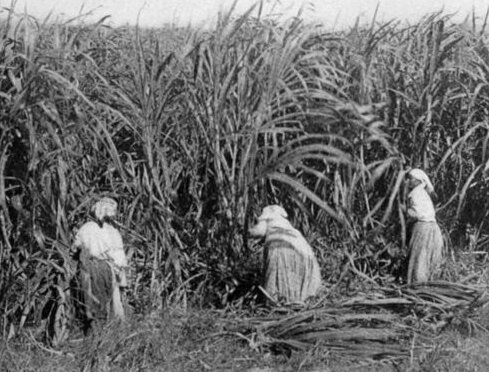Eating Healthy and Affordably During Quarantine Part 2
Harvesting Sugar Cane, Courtesy of the New York Library
Brazil received the largest amount of enslaved African during the Atlantic slave trade. For example, between the 1620 and 1700 enslavers imported about 500,000 to 600,000 slaves from Africa.Pernambuco represented one of Brazil’s two principal sugar-producing regions along with Bahia and Recife was Brazil’s most important sugar port and the commercial hub of Pernambuco. “The slaves which are usually brought to Pernambuco are known under the names Angola, Congo, Rebolo [Guinea], Anjico [no clue], Gabon, and Mozambique,” observed the explorer Henry Koster in 1817.Brazil was the last country in the Americas to abolish slavery in 1888 and it has the largest population in the Americas of people of African descent. Enslaved African women introduced rice and beans dishes to Brazil. The most popular became known as feijoada dish African women made with rations they received from their owners and the food they produced in gardens near their slave quarters. Feijoada is made from black beans, rice, and beef. Speaking of the popularity of the dish, one traveler to Brazil in the nineteenth century noted that there was “no house so rich as to exclude” feijoada from their table. Today it’s Brazil national dish!




